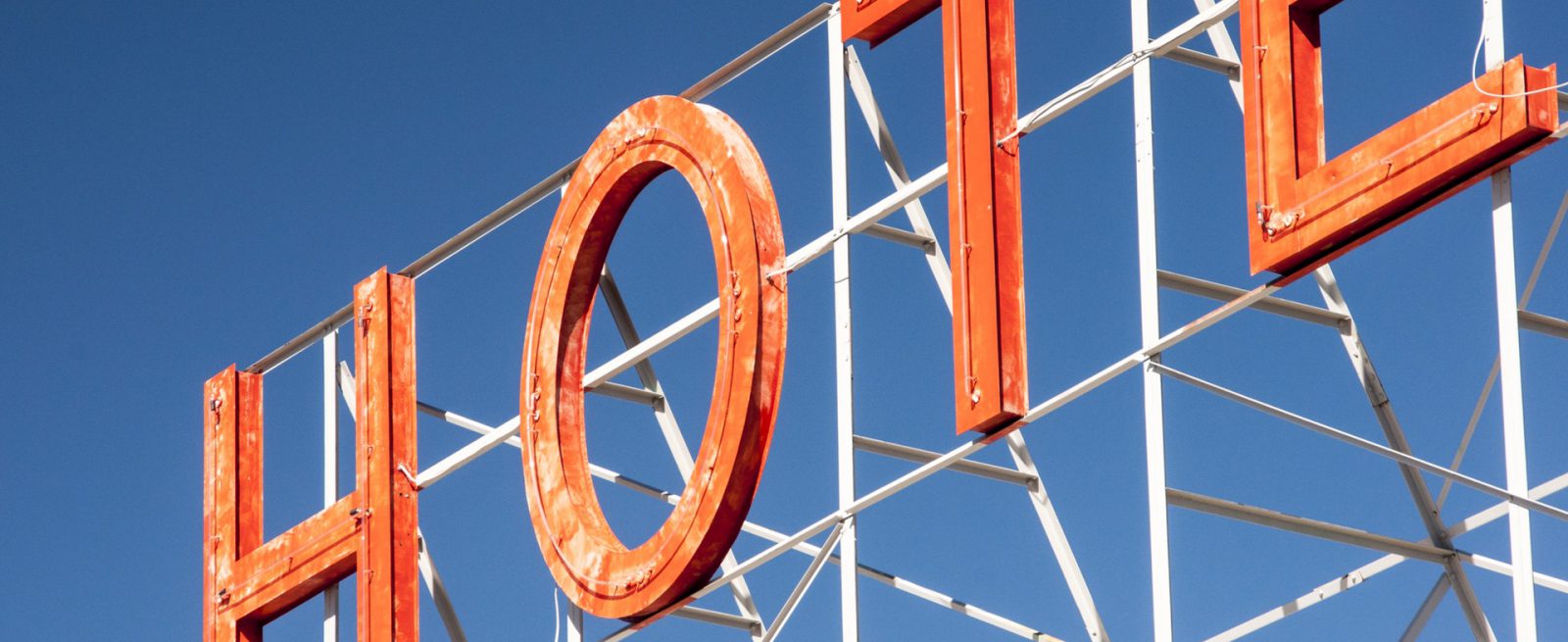What Restaurants Can Learn from Hotels
4 Min Read By Michelle Tempesta
Restaurants and hotels have at least two traits in common. Both industries are faced with selling a perishable product in a consumer-informed world that is rife with competition. For more than two decades, hotels have improved their ability to identify their guests and engage them in a way that delivers a direct, positive impact to the business with loyalty programs. In fact, in a recent survey conducted by Hospitality Technology, hotels identified traditional loyalty programs as the single best interactive marketing tool to engage customers while delivering a high impact to the business.
Restaurants can learn at least three key things from hotels:
- Implementing a loyalty program should be treated as a strategic business decision.
- Engaging a critical mass of customers with a loyalty program will drive more business.
- Adding value to the brand with a loyalty program will boost franchisee sales.
Both hotels and restaurants believe traditional loyalty programs deliver high business impact and high customer engagement.
Loyalty Is a Strategic Business Decision
Shifting to a loyalty strategy is not a simple or easy undertaking — nothing worthwhile ever is. Consider Marriott’s experience when it shifted to a loyalty strategy. Bill Marriott recognized the opportunity before the hotel chain’s competitors did, and he subsequently built a “multibillion-dollar enterprise within an enterprise.”
Leave the towels, robe, and shampoo. Take these three things from hotels.
Here’s a quote from Roger Dow, the creator of the Marriott Rewards program: “I saw what the airlines were doing and thought it may work with hotels,” says Dow. “I went to Bill Marriott, who was always open to new ideas, and he agreed we should give it a try. The first two years, I had peers trying to kill this idea a hundred times over. They called it a high-cost, ineffective program. I stuck out my neck on this one, and fortunately, I had the support of the big guy. Once it got its legs, it took off like gangbusters. Today, Marriott Rewards is a multibillion-dollar enterprise within an enterprise.”
By the time other hotel companies started similar programs, Marriott had a two-year head start and two and a half million people enrolled in the program. Hotels have eight times more loyalty members than restaurants do. That represents an enormous opportunity for restaurants to leverage prior pathfinding efforts. Hotels have already done much of the hard work, and customers now expect loyalty rewards from the brands they frequent most.
Forty-two percent of the restaurants surveyed in the 2013 Customer Engagement Technology Study reported having a loyalty program installed; another five percent reported that they will have a loyalty program by the end of 2013. The astonishing statistic revealed by the study is that the number of restaurants with loyalty programs will nearly double by 2015. That means if a restaurant chain is not looking at implementing a program right now, it is likely to do so within the next 12 months. Now is the time to launch a loyalty program, captivate your best customers, and retain them before your competitors do.
Loyalty Program Members Drive Bookings
Loyalty program members account for nearly 80 percent of all transient room nights booked through hotel websites. The connection with hotel guests created through loyalty programs drives guests to make purchases directly through hotel websites rather than online travel sites. Loyalty programs enable hotels to directly motivate desired guest behavior. Imagine if restaurants were able to identify and motivate 80 percent of their transactions through guest engagement via a loyalty program.
Early-adopter restaurant brands have experienced success in reaching a critical mass of guests. There are two very public examples of success that the restaurant industry’s early adopters have experienced:
Starbucks: One in three transactions is driven by its loyalty program guests.
Panera Bread Company: Loyalty members represent 40 to 45 percent of its checks. The company’s CEO, Ron Shaich, said the real value of the program is “the information.”By comparison, attracting members to restaurant loyalty programs is a largely untapped opportunity. The airline industry has 371 million members, the hotel industry has 223 million members, and restaurants have attracted a scant 26 million members, according to Colloquy. If you consider that the domestic market size is about the same for all sectors at about 210 million consumers — approximately 25 percent of whom are the ever-attractive Millennials, the next generation of loyal guests — restaurants face a unique opportunity to capitalize on a marketing strategy that positions a loyalty program at its center.
Loyalty Sells Franchises
As more franchising opportunities enter the restaurant marketplace, restaurant chains seek to differentiate themselves in meaningful ways. Hotel chains fully leverage their loyalty programs in an effort to sell more franchise relationships. Knowing exactly who your best guests are is essential. In most restaurant loyalty programs, for example, a single best guest is worth between 10 and 12 average guests. This type of customer information is so valuable that hotel chains typically charge franchisees an additional line item for loyalty program services. The additional fees range from four percent to as much as 16 percent of the total marketing fees, depending on the chain.
Marriott considers its loyalty program one of the Top 4 reasons hoteliers should choose a Marriott franchise over all others. Here’s how the multibillion-dollar hotel organization positions its loyalty program to its prospective franchisees: The award-winning Marriott Rewards® hotel loyalty program provides the foundation for Marriott’s customer relationship strategy. With more than 40 million members, Marriott Rewards enables the company to precisely target marketing efforts and messages, and capture and use customer information to predict future travel behavior and business potential.
Wrap-up
Similar to the way the airlines blazed the loyalty path, hotels have in turn created a market expectation for loyalty programs within the restaurant industry. According to the Hospitality Technology survey, restaurants believe in loyalty programs. In fact, restaurants believe loyalty programs deliver higher levels of customer engagement and business impact than other interactive marketing tools do.
However, the restaurant industry, as a whole, has been slow to adopt the strategy despite the success demonstrated by early adopters such as Starbucks and Panera Bread. Restaurants that are rolling programs out within the next 6 to 12 months will establish a stronghold in guest attention that will be difficult to penetrate by restaurants that are late to the game.


